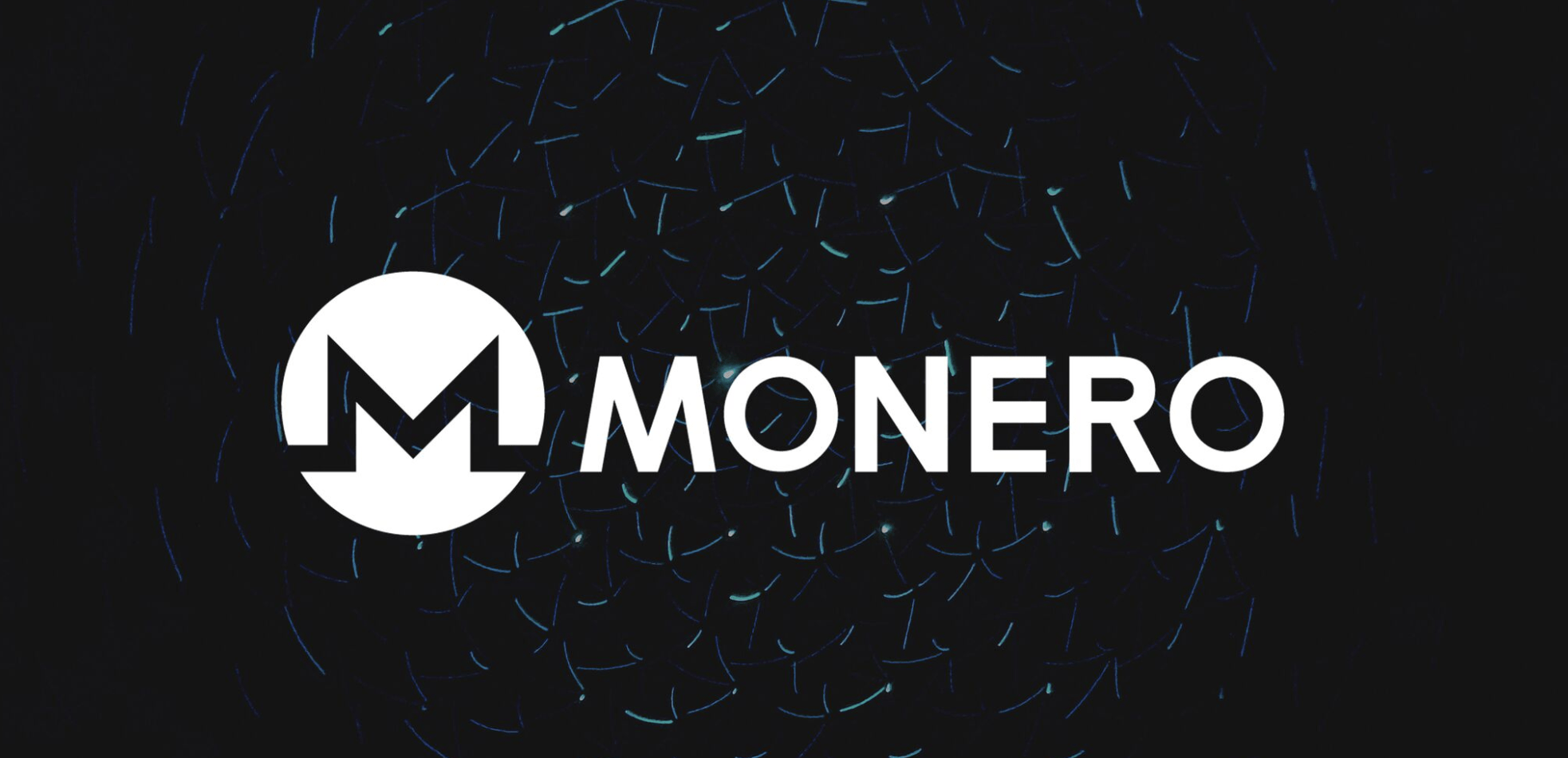Monero is a rather unique member of the cryptocurrency family thanks to its focus on privacy and absence of the traditional open blockchain network like those found on Bitcoin. It is, in a nutshell, a system that makes use of three key technologies — Ring Signature, Stealth Address and Ring CT (Confidential Transaction) — to ensure that the sender, receiver and transaction amount are concealed from view.
On a traditional blockchain, you can freely click to see who sent any transaction, how much it was, and who the receiver is. For many this was the logical way to do things because an open book meant less suspicion of dubious activities on the network. Going into “stealth mode”, as you can choose to on some platforms, is a sure-fire way to attract raised eyebrows. Monero tried to eliminate this problem by making its transactions 100% private.
Advantages and Disadvantages of Monero
+ Users don’t have to worry about fraudulent chargebacks or multi-day holding periods. What’s more, there are no capital controls which restrict flow for traditional currencies. The user truly is in control.
+ Protection by CryptoNote’s hashing algorithm, “CryptoNight” makes it more resistant to ASICs (but not 100% ASIC-proof). The thinking is that it would be so costly to produce an ASIC for Monero that the benefits couldn’t possibly be worth it.
+ For better or worse, privacy is more attractive to more users. Privacy has always been a hallmark of any online industry’s success. Online shopping, for instance, was never going to be a reality unless people had ways to conceal their purchase histories and keep things private.

– On February 19th 2017, the CryptoNote currencies, including Monero, were subject to a bug that allowed for stealthy creation of an unlimited number of coins, untraceable unless the viewer, too, knew about the flaw and what to look for. Fortunately, after scanning their system, Monero found it had never been exploited using this flaw, and by February 21st the problem was patched. To be fair to Monero, they have been open and disclosed full details of the error and all measures taken to rectify it.
– The privacy element means there are view or no wallets available for full viewing, and so it’s impossible to know about past transactions and what’s really going on in the network. It may be a pro for existing users, but for newcomers it can be a little unsettling.
It’s clear that one of the biggest pulls of Monero is the ability to remain anonymous without the same suspicion being leveled at you on other platforms where “stealth” is optional (and only used for dodgy transactions, people think). But, after the open-ledger and dominance of more “typical” cryptocurrencies, Monero represents a radical, even revolutionary approach that has a potent allure.
RandomX CPU mining
RandomX is a new cryptocurrency mining algorithm designed improve the distribution of mined cryptocurrencies more evenly to a broader base of users. The idea is that everyone with a computer has a CPU, and hence an algorithm that favors the CPU will be more inclusive. Random is is designed to only function on CPUs, with strong resistance to both GPU and ASIC mining. This is achieved by making use of functions only available on modern day CPUs, such as virtualization. RandomX has already been audited and is currently deployed on Epic Cash and will be deployed on Monero.
Monero – How does it work?
So how does it work? Each piece of aforementioned tech is used to protect a different element of the transaction.
The sender is protected by the “Ring Signature,” which attaches multiple names to each transaction, forming a ring around the true sender and obscuring their true identity.
The receiver is protected by the “Stealth Address,” which sends transactions to a single-use address that will flag up as non-existent should anyone try to look into who the transaction was going to.
The amount of each transaction is concealed by the “Ring CT,” which only shows each exchange as being more than zero and valid — that’s it!

The conscious crypto user who wants to be anonymous for innocent reasons, but doesn’t want to arouse suspicion, will find the perfect partner in Monero. Privacy is a right, and Monero is one of the platforms offering it openly and genuinely. Not everyone agrees. Some people see universal anonymity as limiting, as it makes it impossible for new users to look into past transactions and determine if everything is kosher. There are even additional tools like their “Kovri” tool which masks IP addresses. To the experienced observer of the Bitcoin ledger, this secrecy can be rather off-putting.

